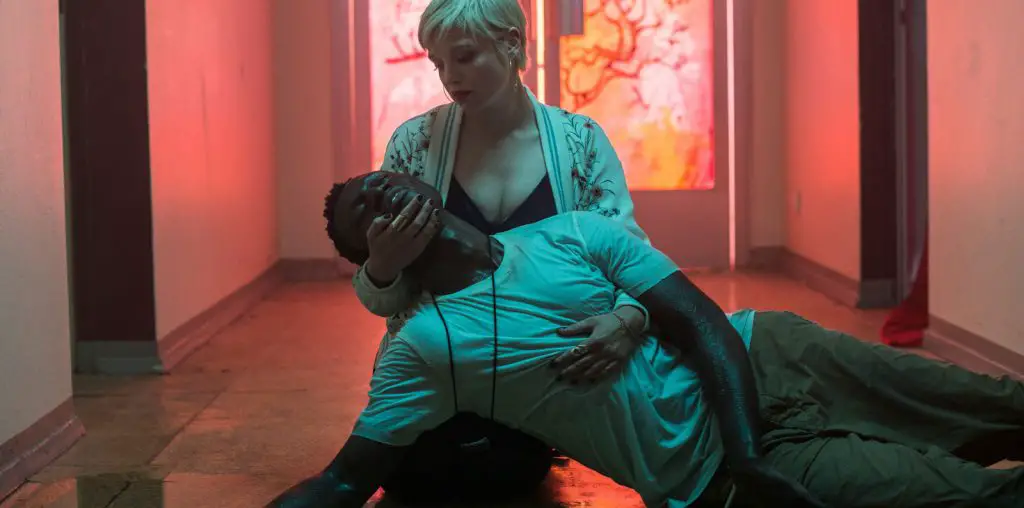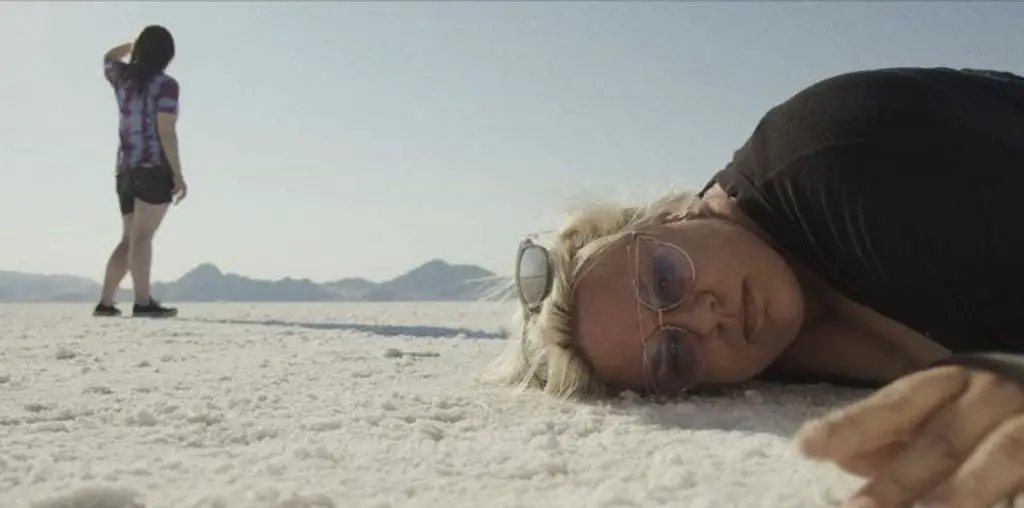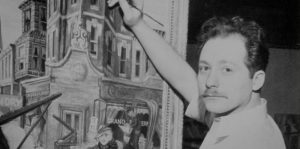
As a child of the 80s, I still can’t believe how much the world has changed on a socio-political level. Then again, I can. After watching the remastered 1981 PBS documentary, New Deal for Artists, I forgot just how far we’ve come. In 1981, we were deep into the Cold War, Reagan took office, and in regards to the arts, debate swelled as public funding of the arts was in danger of being cut off.
Documentarian Wieland Schulz-Keil gives us a very warm history of President Roosevelt’s New Deal Program and how it specifically affected the world of the arts. We’re quickly approaching the 100th anniversary of the start of the Great Depression. With the failure of Herbert Hoover’s Rugged Individualism policies, the nation needed a new direction. The New Deal was created with the idea that the government would spend its way into recovery. Public works jobs were created to build up the nation’s infrastructure and military, as the U.S. was reluctantly being drawn into a war in Europe and the Pacific.
As part of the New Deal, the government not only employed workers to build roads and highways, but they also employed thousands of artists with the creation of the WPA (Works Progress Administration) and the FWP (Federal Writers’ Project). Funding went to the broad spectrum of the arts from painters, photographers, printers, and playwrights. Artists were commissioned to paint murals in public buildings, print posters educating the public about venereal diseases, and even designing the nickel.
The WPA also stuck its toe in the social and civil rights arena. The Federal Theatre Project was established and employed the likes of the documentary’s narrator Orson Welles and the co-founders of the FTP’s The Negro Theatre Unit, Rose McClendon and John Houseman. The FTP established a theater that produced plays depicting the black experience in America and black productions of the classics. One such production was “Voodoo Macbeth,” where Shakespeare was placed in the historical setting of a Haitian court.
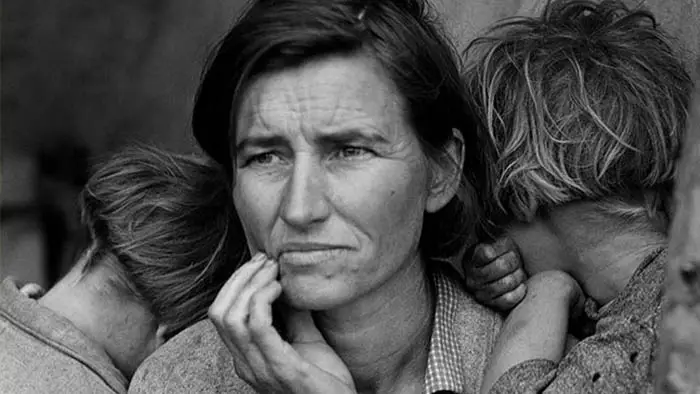
“Funding went to the broad spectrum of the arts from painters, photographers, printers, and playwrights.”
New Deal for Artists is the cheerleader for the New Deal and was made as a plea to the arts’ continued funding. Still, anything the government does quickly becomes political. McCarthy is the first bad actor to come to mind. With the expansion of communism and the associated paranoia that came with it, artist and writers were being targeted as communists, and the WPA was the go-to list for rooting out “commies.”
Then there’s the issue that still exists today, but what kind of art should the government be funding? As time passed, the work of the WPA took a more liberal bent, which pissed off the conservatives. As the WPA produced more anti-government and anti-patriot work, the incoming conservative administration would begin painting over and destroying the work the WPA paid for.
New Deal for Artists is a nostalgic throwback to a time when everyone had a political bent. Even though the division was vast, we somehow managed to make our cases calm, logical, and emotional. The big question for today, 2021, is whether there is still the need for government funding the arts. While I could make a case for 1930 and maybe even 1980, today is a whole other discussion. Artists are finding internet support with social media platforms like Kickstarter, Patreon, and TikTok. Remember DeviantArt? Sesame Street has moved to HBO Max for crying out loud.
Though I prefer my documentaries to be less one-sided, New Deal for Artists is a comprehensive account of the history and work of the WPA. It features the great actors of the 20th century, including Orson Welles, John Houseman, Howard DeSilva, Studs Turkel, and Norman Lloyd. I really miss Orson Welles. For free speech and civil rights historians, it’s equally important and essential.
New Deal for Artists returns in remastered form on PBS.
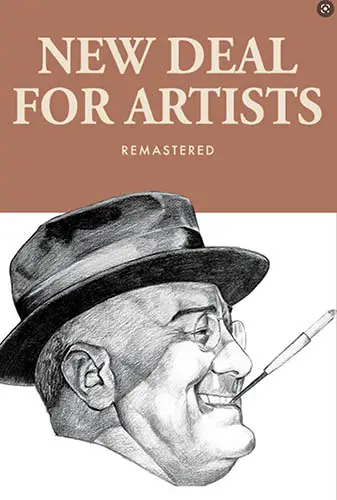
"…what kind of art should the government be funding?"

